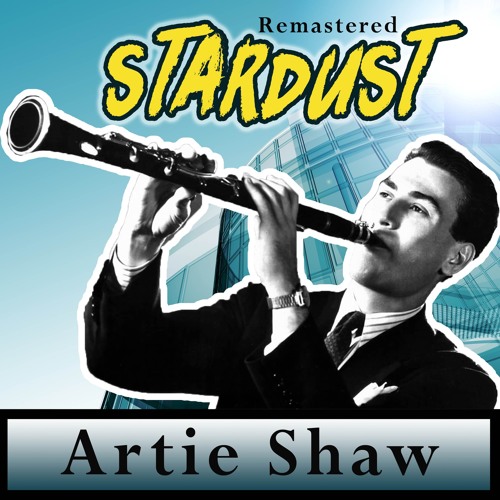|
| StardustIsham Jones |
Writer(s): Hoagy Carmichael, Mitchell Parish (see lyrics here) First Charted: September 13, 1930 Peak: 11 US, 12 GA (Click for codes to singles charts.) Sales (in millions): 1.0 (sheet music) Airplay/Streaming (in millions): -- radio, -- video, -- streaming |
 | StardustArtie Shaw |
First Charted: January 18, 1941 Peak: 2 US, 8 GA (Click for codes to singles charts.) Sales (in millions): 3.5 US (includes 1 million in sheet music) Airplay/Streaming (in millions): -- radio, 1.28 video, -- streaming |
Awards (Hoagy Carmichael):Click on award for more details. Awards (Isham Jones):Awards (Louis Armstrong):Awards (Artie Shaw):Awards (Nat “King” Cole):Awards (The Dominoes): |
About the Song:Hoagy Carmichael’s first major songwriting success NRR grew out of a visit to his University of Indiana alma mater when the inspiration for a melody came to him while he was reminiscing about a lost college love. TY Stuart Gorell, who had been a fellow student and the lyricist for Carmichael’s “Georgia on My Mind,” offered the idea for the song title when he said it “sounded like dust from the stars drifting down through the summer sky.” TY The melody came so easily that Carmichael wondered if he’d actually recalled someone else’s composition. LW However, his melody didn’t follow the traditional Tin Pan Alley format of the day; instead he crafted two separate melodies for the chorus and the verse. LW Originally conceived as “an up-tempo dance instrumental” NPR in 1927. However, publisher Irving Mills suggested reworking it as a romantic vocal ballad. LW In 1929, Mitchell Parish penned the lyrics MM although Hoagy’s son claims they were based on words already written by his father. LW Mills had the first chart version of the song in 1930 (#20 US), but it was Isham Jones who had the greatest success with his version in the slower tempo format, taking it to #1 in 1931. By decade’s end, Bing Crosby (#5 US, 1931), Louis Armstrong (#16 US, 1931), Wayne King (#17 US, 1931), Lee Sims (#20 US, 1931), Jimmie Lunceford (#10 US, 1935), Benny Goodman (#2 US, 1936), and Sammy Kaye (#16 US, 1939) all charted with the song. In the 1940s, additional versions charted by Glenn Miller (#20 US, 1940), Tommy Dorsey (#7 US, 1941), and Baron Elliott (#18 US, 1943). All told, the song charted fifteen times from 1930 to 1943, PM helping brand it as “a certifiable American classic.” NPR Other later charting versions included the Dominoes (#12 US, 1957), Nat “King” Cole (#79 US, 1957), Frank Sinatra (#20 AC, 1962), Nino Tempo with April Stevens (#32 US, #10 AC, 1964), Johnny Mathis (#4 AC, 1975), and Harry Connick Jr. (#46 AC, 1993). Dorsey seemingly had “a stranglehold on the song” JA after returning to the top ten in 1941 with a new version sporting vocals by Frank Sinatra and the Pied Pipers. That same version recharted in 1943. However, in a 1956 Billboard poll, disc jockeys rated Artie Shaw’s arrangement not just the best version of “Stardust,” but as their favorite record of all time. PM It has been recorded more than 2000 times LW in more than forty languages, RCG making it one of the most recorded songs in popular music, JA the most recorded love song of all time, PM and “the standard that defines the meaning of the word.” MM Country singer Willie Nelson calls it his all-time favorite song and Bette Midler has the lyrics carved in the stone of her fireplace. LW Resources:
Related Links:First posted 1/8/2012; last updated 11/22/2022. |








No comments:
Post a Comment